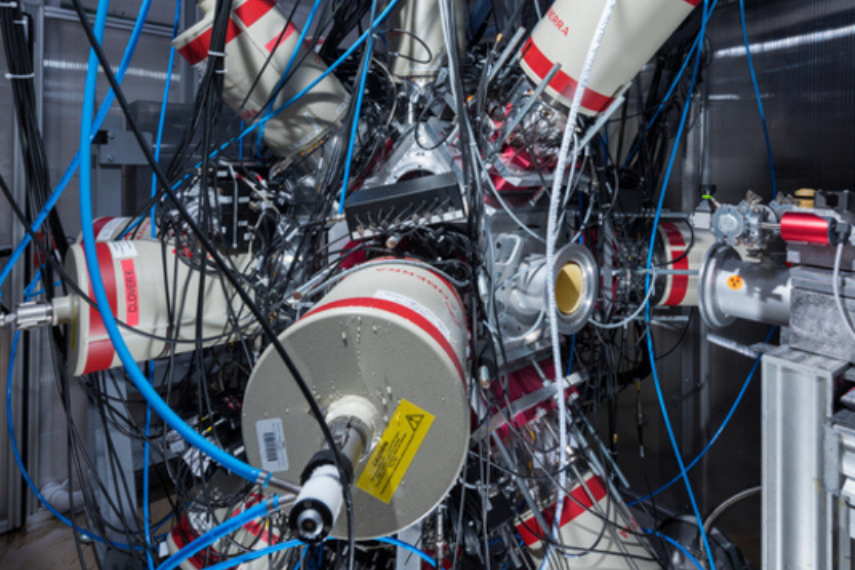Tin Isotopes: The Key to New Nuclear Discoveries

Nuclear Physics: Key to Universal Secrets
Nuclear physics is a cornerstone of our understanding of the universe, shedding light on the fundamental forces that govern matter and energy. This field leads the advancements in a variety of sectors, including energy production, medical technology, and environmental science. Understanding the complex details of nuclear physics, specifically, the interactions and structures of atomic nuclei, is a fundamental basis for both scientific advancement and practical applications. By studying phenomena such as the behaviour of protons and neutrons within a nucleus, researchers can develop better models that predict the properties and reactions of various elements. These models can lead to improving the safety and efficiency of nuclear reactors, advancing medical technologies like cancer radiation therapy, and contributing to our knowledge of astrophysical processes.
Innovative Tools for Nuclear Discovery
However, nuclear physics faces several significant challenges, including the need for precise measurements of gamma-ray emissions and the characterization of complex nuclear states. Achieving high accuracy in these measurements requires sophisticated equipment, such as high-purity germanium detectors and advanced spectrometers. Additionally, handling and analyzing the vast amounts of data generated in these experiments can be daunting.

To tackle the challenges, Dr. Paul E. Garrett and his research team in an international collaboration used a special setup called the FIssion Product Prompt gamma-ray Spectrometer (FIPPS) at the Institut Laue-Langevin, Grenoble, France. This setup includes high-quality detectors that can efficiently capture gamma rays from all directions, which is crucial for accurate measurements. They used a technique called γ-γ coincidence, which helps them identify and link gamma rays that are emitted simultaneously. This method allowed the researchers to discover many new excited states in the tin isotope 118Sn, showing how effective their approach was.
Future Breakthroughs in Atomic Research
The study made pioneering discoveries about the behaviour of tin atoms. They discovered unique ways in which the nucleus, or core, of a tin atom, can exist at higher energy levels, called "excited states". They also identified cases in which the nucleus shifted from a higher to a lower energy state, releasing energy in the form of gamma rays. This has opened new gates to understanding how energy is stored and released within an atom's nucleus.
This wealth of new information is invaluable for improving our models of atomic behaviour and deepening our understanding of how atoms work. The success of this research underscores the effectiveness of cutting-edge techniques, setting the stage for even more exciting discoveries in the future.
"Our research is like piecing together a giant jigsaw puzzle. We use advanced detectors to capture gamma rays, and then we analyze how these rays interact to understand the complex behaviours inside an atomic nucleus,” said Garrett. “This meticulous process, combined with global collaborations, allows us to uncover new nuclear states and refine our theoretical models, paving the way for future discoveries."
Funding: The research was financially supported by the NSERC which played an appreciable role in facilitating the study and accessing equipment.
Reference: K. Ortner et al., “Low-spin states in $^{118}\mathrm{Sn}$ populated by the radiative capture of thermal neutrons,” Phys. Rev. C, vol. 109, no. 5, p. 054317, May 2024, doi: 10.1103/PhysRevC.109.054317.